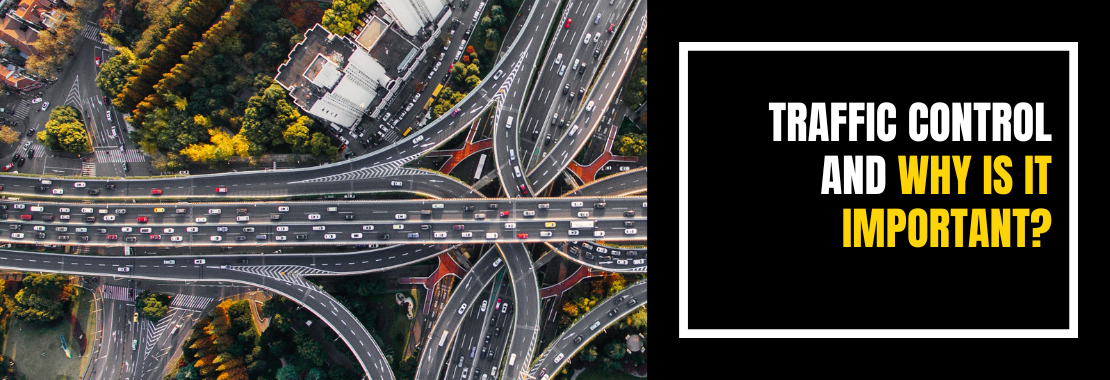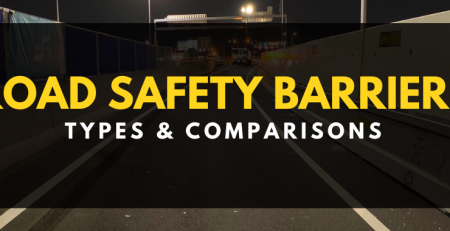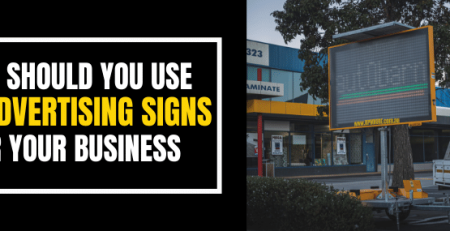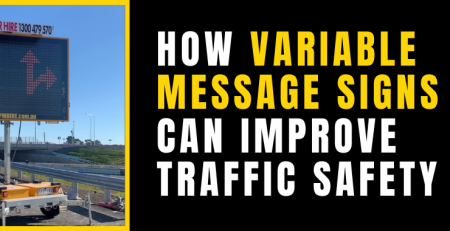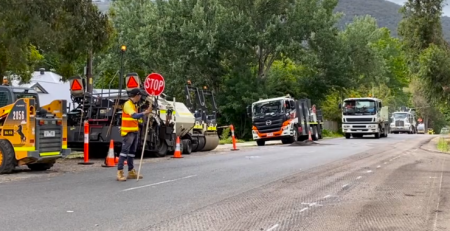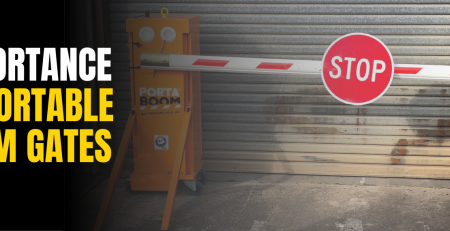What is Traffic Control and Why is it Important?
Traffic control is managing and directing the movement of vehicles, pedestrians, and other road users on public roads and highways. Traffic control ensures all road users’ safety, efficiency, and convenience. Besides, it helps minimise the environmental and social impacts of traffic congestion.
It’s a vital aspect of modern transportation systems. That’s because it affects the quality of life, economic productivity, and environmental sustainability of communities. This blog will discuss “what is a traffic control plan” and the “importance of traffic control” for all of us.
Importance of Traffic Control
Traffic control is an essential practice and strategy that helps ensure the safety of vehicles and community individuals. It also improves adequate vehicle transportation and minimises collisions.
In the following sections, we will highlight the traffic control process and how traffic management equipment can play a major role in it.
Traffic Control and Congestion
The importance of traffic control can be well-judged by its role in reducing traffic congestion, a common problem in urban areas and major highways. Traffic congestion occurs when the demand for road space exceeds the supply, resulting in delays, frustration, and increased fuel consumption and emissions.
Traffic control can alleviate traffic congestion by implementing effective strategies, such as:
Traffic Signal Coordination:
This involves synchronising the timing and operation of traffic signals along a corridor or network to optimise the traffic flow and reduce stops and delays.
Traffic Management Systems:
The traffic management system industry is growing at a rate of 9.8% from 2023 to 2032. This is a clear testament to their importance in traffic control. These systems use sensors, cameras, and communication devices to monitor, analyse, and control traffic conditions in real-time.
They can provide information and guidance to road users, such as variable message signs, speed limits, and route suggestions. They can also adjust traffic signals, ramp meters, and lane usage according to the traffic demand and incidents.
Traffic Calming Measures:
These physical or psychological devices are designed to slow or discourage traffic in certain areas, such as residential neighbourhoods, school zones, and pedestrian areas. They can include speed humps, roundabouts, and road narrowing.
Traffic Diversion Schemes:
These plans aim to redirect traffic from congested routes to alternative routes, such as bypasses, ring roads, and public transport. They can be implemented permanently or temporarily, depending on the traffic situation and the availability of resources.
Traffic Control Enhances Road Safety
Remember, by road safety, we mean controlling traffic on a non-functional road or part of a road. Most commonly, it is a construction site or road repair spot.
Traffic control is essential in construction zones where road works, maintenance, or improvement projects occur. That’s because construction zones can pose various hazards and risks to road users and workers. Some of them are:
- Reduced visibility
- Width lane reduction
- Reduced speed limit
- Reduced road quality
Timely actions minimise these hazards and enhance the safety of construction zones using appropriate traffic control equipment, such as:
Portable Traffic Lights:
These portable traffic signals can be used to control the traffic flow at intersections or work zones. They can be programmed to operate automatically or manually, depending on the traffic volume and the work schedule.
Portabooms:
These portable boom gates can be used to control the access of vehicles or pedestrians to certain areas, such as work zones, emergency zones, or event venues. They can be operated remotely or manually, depending on the situation and the security level.
They can also be integrated with other traffic control devices, such as traffic lights, arrow board signs, or cameras, to provide a comprehensive traffic management solution.
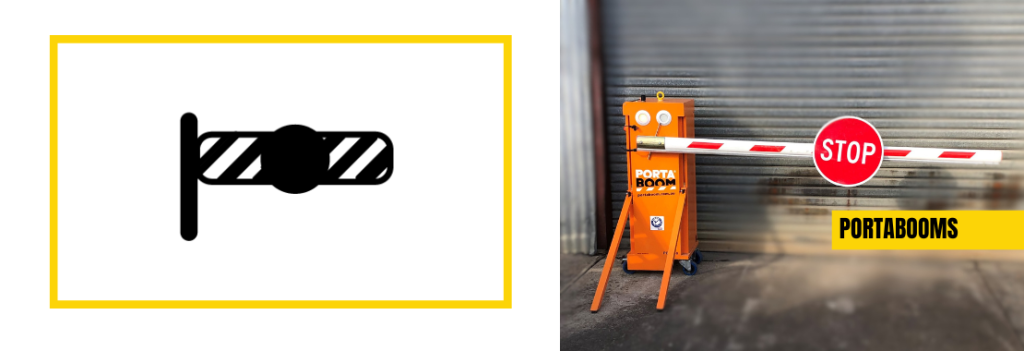
CCTV Trailers:
These mobile surveillance units can monitor and record traffic conditions, activities, or incidents at construction, emergency, or event venues.
They can also be linked to a central control room or a mobile device to enable remote viewing and control. CCTV trailers can help to enhance the visibility, security, and accountability of construction zones, emergency zones, or event venues.
Traffic Control Helps in Emergencies
The importance of traffic control is well-understood in emergencies, where emergency responders, such as police, firefighters, or ambulances, must reach their destinations quickly and safely. Traffic control can aid emergency responders by implementing effective measures, such as:
Variable Speed Limit Signs:
VSLS is portable trailer-mounted equipment used to display numbers. These electronic signs can display speed limits according to traffic, weather, or incidents. VSLS can be controlled remotely or automatically, depending on the situation and the authority level.
They can also be integrated with other traffic control devices, such as traffic lights, signs, or cameras, to provide a coordinated traffic management solution. Variable speed limit signs can help regulate traffic speed, reduce the risk of crashes, and create a safe passage for emergency responders.
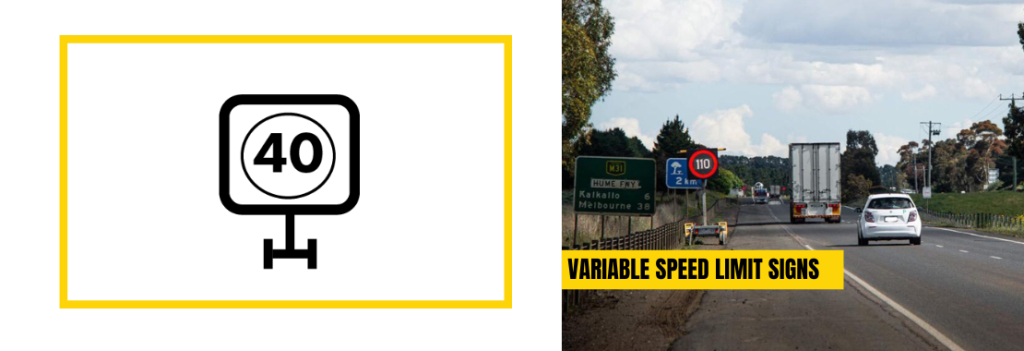
Arrow Boards:
These electronic signs can display different arrow patterns or messages to guide or warn road users. Depending on the location and purpose, these can be mounted on vehicles, trailers, or poles. They can also be controlled remotely or automatically, depending on the situation and the authority level.
They can also be integrated with other traffic control devices, such as traffic lights, signs, or cameras, to provide a coordinated traffic management solution. Arrow boards can help to direct the traffic flow, indicate lane usage, and alert road users of emergencies.
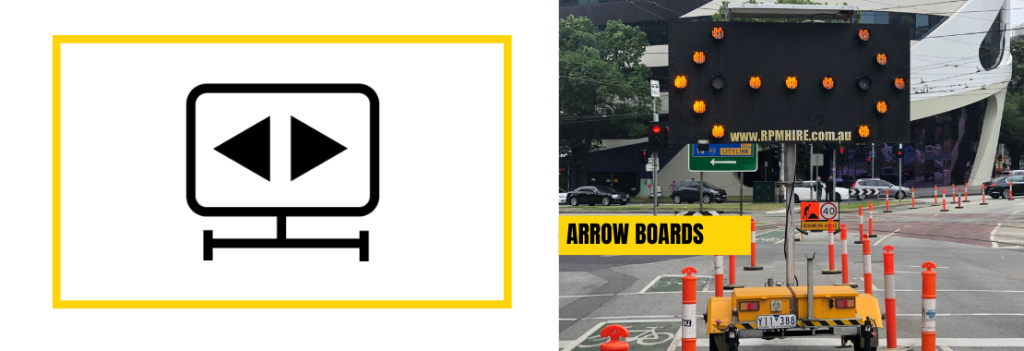
Conclusion:
In essence, the comprehensive understanding and application of traffic control principles contribute not only to the smooth flow of traffic but also to the overall well-being and safety of communities. As we continue to evolve in the realm of transportation, the role of traffic control remains indispensable in shaping a more secure, efficient, and sustainable future for
Visit RPM Hire and get your hands on quality equipment for traffic management and control, we are here to help you with your next hire.


